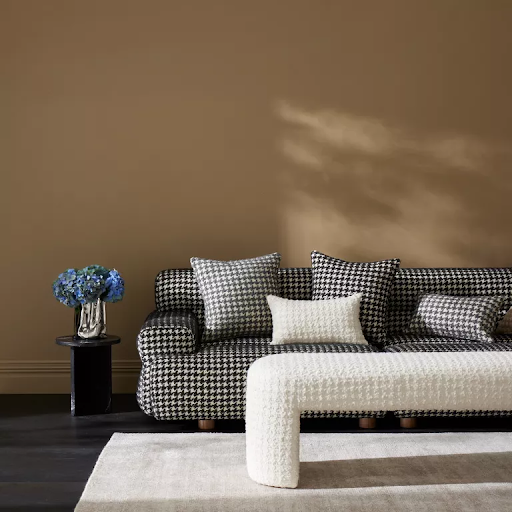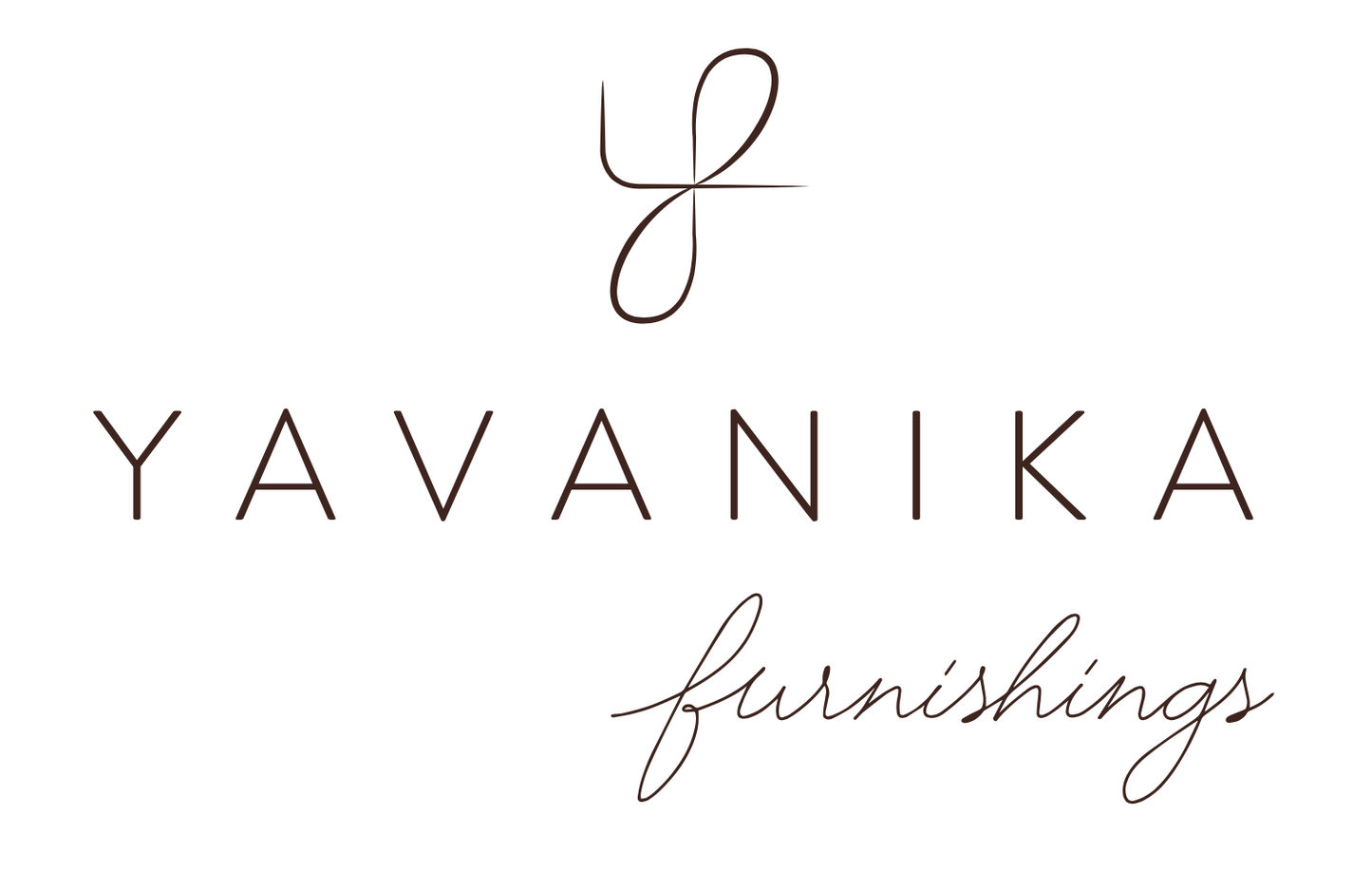
Maximalism vs. Minimalism: Finding Your Balance in Design
When it comes to design, two contrasting philosophies often come to the forefront: maximalism and minimalism. Each approach offers its own unique charm and benefits, making them appealing to different tastes and functional needs. Maximalism thrives on abundance, complexity, and eclecticism, while minimalism celebrates simplicity, clarity, and restraint. Finding a balance between these two can lead to a design that is both visually captivating and functionally effective. Exploring the core principles of each philosophy and incorporating versatile furnishings, such as those from Yavanika Furnishings, can help bridge the gap between maximalist opulence and minimalist simplicity, creating spaces that resonate with both personality and purpose.
Understanding Maximalism: Embracing Opulence and Personality
Maximalism's historical roots can be traced back to opulent design eras like the Rococo period of the 18th century and the Victorian age, where lavish ornamentation and intricate details were prominent. These periods celebrated excess and personal wealth through richly decorated interiors. In the late 20th century, maximalism experienced a resurgence as a vibrant counterpoint to minimalist trends, with designers such as Tony Duquette and David Hicks championing bold patterns, eclectic furnishings, and a mix of global influences. Today, maximalism continues to evolve, reflecting a modern desire for personalization and eclecticism in response to more restrained design philosophies.
Core Principles of Maximalism
Colour: One of the hallmarks of maximalist design is its use of bold and diverse colour palettes. Unlike minimalist spaces that often use neutral tones, maximalist interiors embrace a wide range of vibrant colours. The aim is to create a visual feast where contrasting and complementary hues work together to add depth and energy to the space.
Texture: Maximalism celebrates a variety of textures to add richness and complexity. This includes mixing materials such as velvet, silk, leather, and metal. The juxtaposition of different textures creates a tactile experience that invites exploration and engagement.
Layering: Layering is a fundamental aspect of maximalist design. This involves stacking various elements, such as patterns, patterns, and accessories, to create a sense of abundance and intricacy. Layering can include mixing different fabric patterns, combining artwork and sculptures, and integrating various decorative items. The goal is to create a space where every surface and corner is visually engaging.
Eclecticism: Maximalism thrives on eclecticism, meaning that it incorporates a wide range of styles, periods, and cultures. This eclectic approach allows for the integration of diverse influences, from vintage and antique pieces to contemporary and global decor. The result is a space that feels unique and personalised, reflecting the diverse tastes and experiences of its inhabitants.
The Art of Minimalism: Mastering Simplicity and Function
Minimalism emerged as a reaction to the ornate and complex styles of the mid-20th century, particularly as a counter to the excesses of maximalism. Its roots can be traced to early 20th-century movements like the Bauhaus and De Stijl, which advocated for simplicity and functional design. The philosophy gained prominence in the 1960s and 1970s with the minimalist art movement, characterised by artists such as Donald Judd and Agnes Martin, who embraced simplicity and geometric forms. Today, minimalism continues to influence contemporary design, emphasising clean lines, open spaces, and a refined aesthetic.
Core Principles of Minimalism
Simplicity: At the heart of minimalism is the pursuit of simplicity. This involves reducing a design to its essential elements, stripping away any unnecessary details. Minimalist spaces often feature a neutral colour palette, straightforward forms, and an uncluttered appearance, focusing on what is truly important and functional.
Functionality: Minimalism prioritises functionality, ensuring that every element in a space serves a purpose. Design choices are made with practical considerations in mind, from the arrangement of furniture to the selection of materials. This focus on utility helps create environments that are not only visually appealing but also highly efficient and practical.
Clean Lines: Clean, straight lines are a hallmark of minimalist design. These lines contribute to a sense of order and simplicity, avoiding intricate patterns and ornate details. The emphasis on geometric forms and unobstructed views enhances the feeling of openness and tranquillity within a space.
Practical Tips for Implementing a Balanced Approach
Finding the right balance between maximalism and minimalism can transform a space into one that is both visually engaging and functionally harmonious. To effectively integrate these two design philosophies, consider the following practical tips for different areas of a home or office, selecting appropriate pieces, and maintaining design cohesion over time.
Choosing the Right Pieces
Furnishings:
- Foundation Pieces: Start with core pieces that embody minimalist principles, such as simple, functional furniture with clean lines. Yavanika Furnishings offers a range of sleek and versatile furniture that serves as an ideal base for a minimalist design. These foundational pieces provide a neutral backdrop, allowing for the seamless integration of maximalist elements.
- Accent Pieces: Integrate maximalist furnishings through statement items like an elaborate rug, a decorative mirror, or an eye-catching armchair. Yavanika Furnishings also features a selection of bold, distinctive decor items that can enhance your space without overwhelming the minimalist foundation. By thoughtfully selecting and arranging these maximalist accents, you can create a harmonious balance that complements the clean, understated lines of your core furniture.
Decor:
Mix and Match: Combine minimalist decor items, such as sleek vases or simple sculptures, with maximalist accessories like ornate picture frames, patterned cushions, or eclectic artwork. Ensure that these items complement each other in terms of colour and style.
Colour and Pattern: When selecting decor, consider how vibrant colours and intricate patterns will interact with the minimalist elements. Balance bold patterns with simpler forms to avoid visual overload.
Maintaining Harmony Over Time
Evolving Trends:
Seasonal Updates: Adapt your design to changing trends and seasons by swapping out maximalist accessories for new ones, such as different textiles or artwork. This allows for freshness without altering the foundational minimalist elements.
Selective Additions: Introduce new items gradually and thoughtfully. Ensure that any additions align with the established balance between maximalism and minimalism, avoiding overcrowding or excessive change.
Regular Reassessment:
Periodic Review: Regularly assess your space to ensure that it remains balanced and cohesive. Look for opportunities to refresh or re-arrange elements to maintain harmony and adapt to evolving preferences.
Decluttering: Periodically review and declutter your maximalist items to ensure that they continue to enhance rather than detract from the minimalist foundation. This helps maintain a sense of order and clarity.
By applying these practical tips, you can achieve a balanced design that harmoniously blends the opulence of maximalism with the simplicity of minimalism, creating spaces that are both dynamic and serene. Whether it's through strategic room design, thoughtful selection of furnishings, or maintaining coherence over time, this approach ensures a cohesive and personalised environment.
